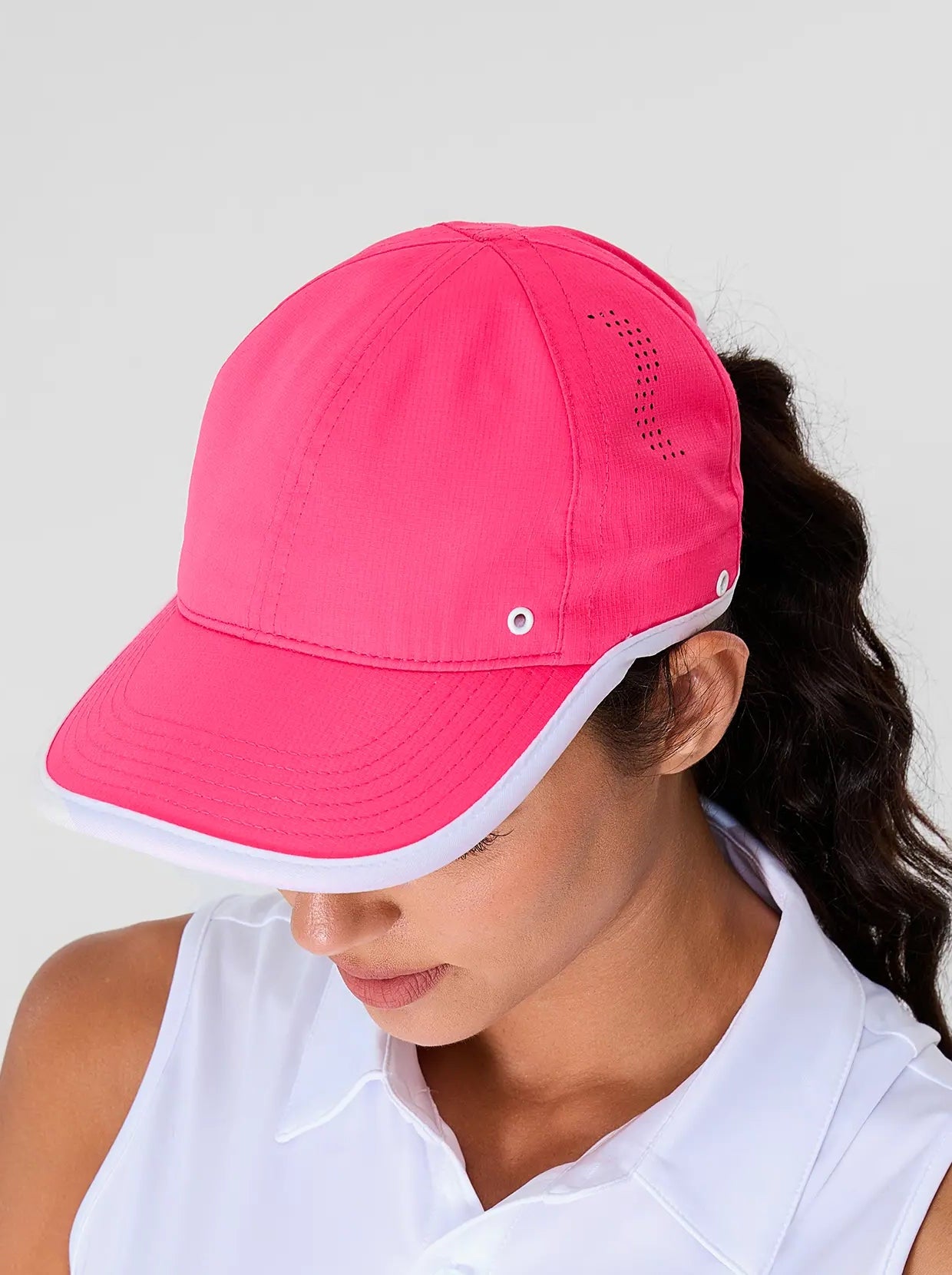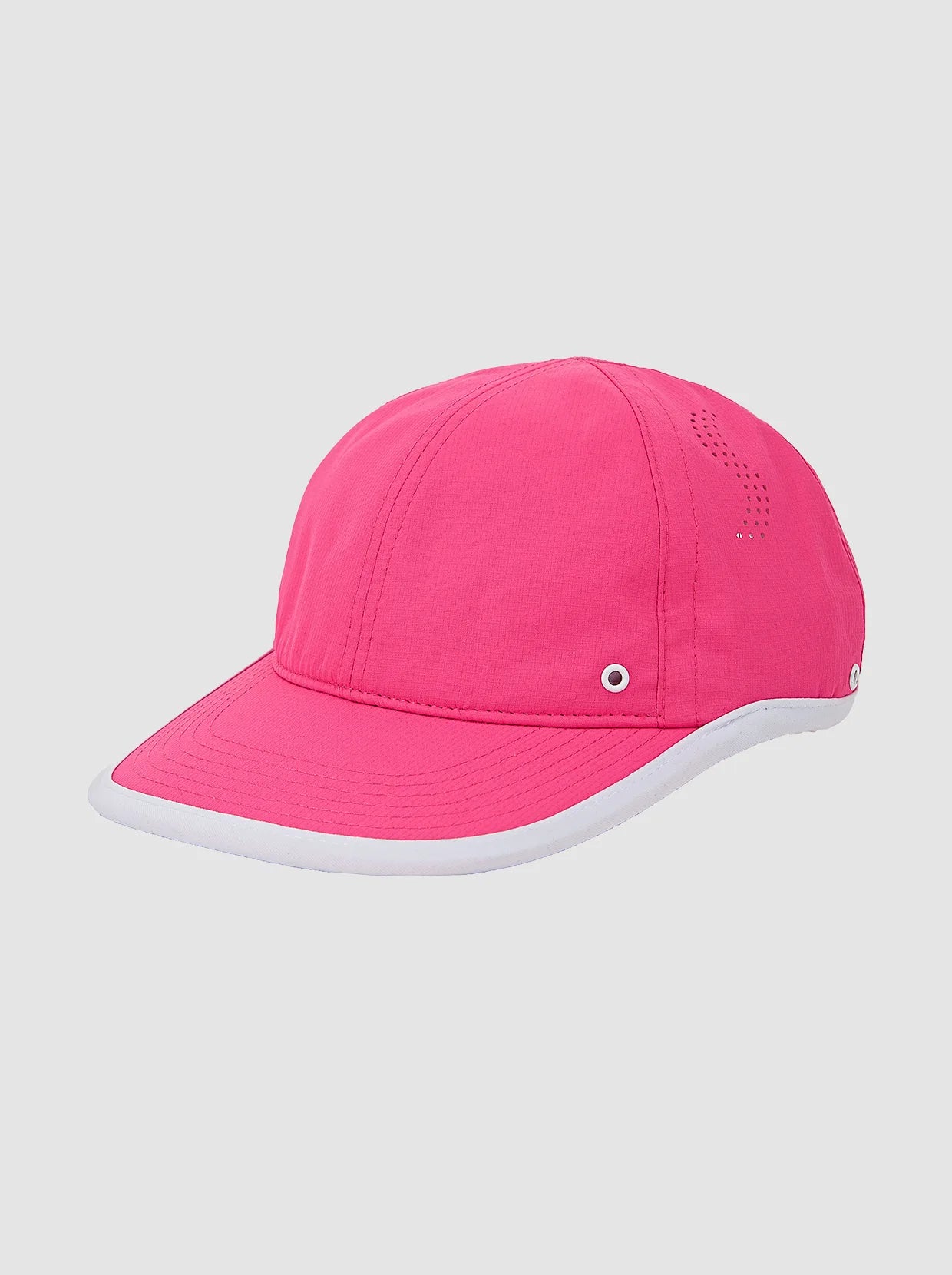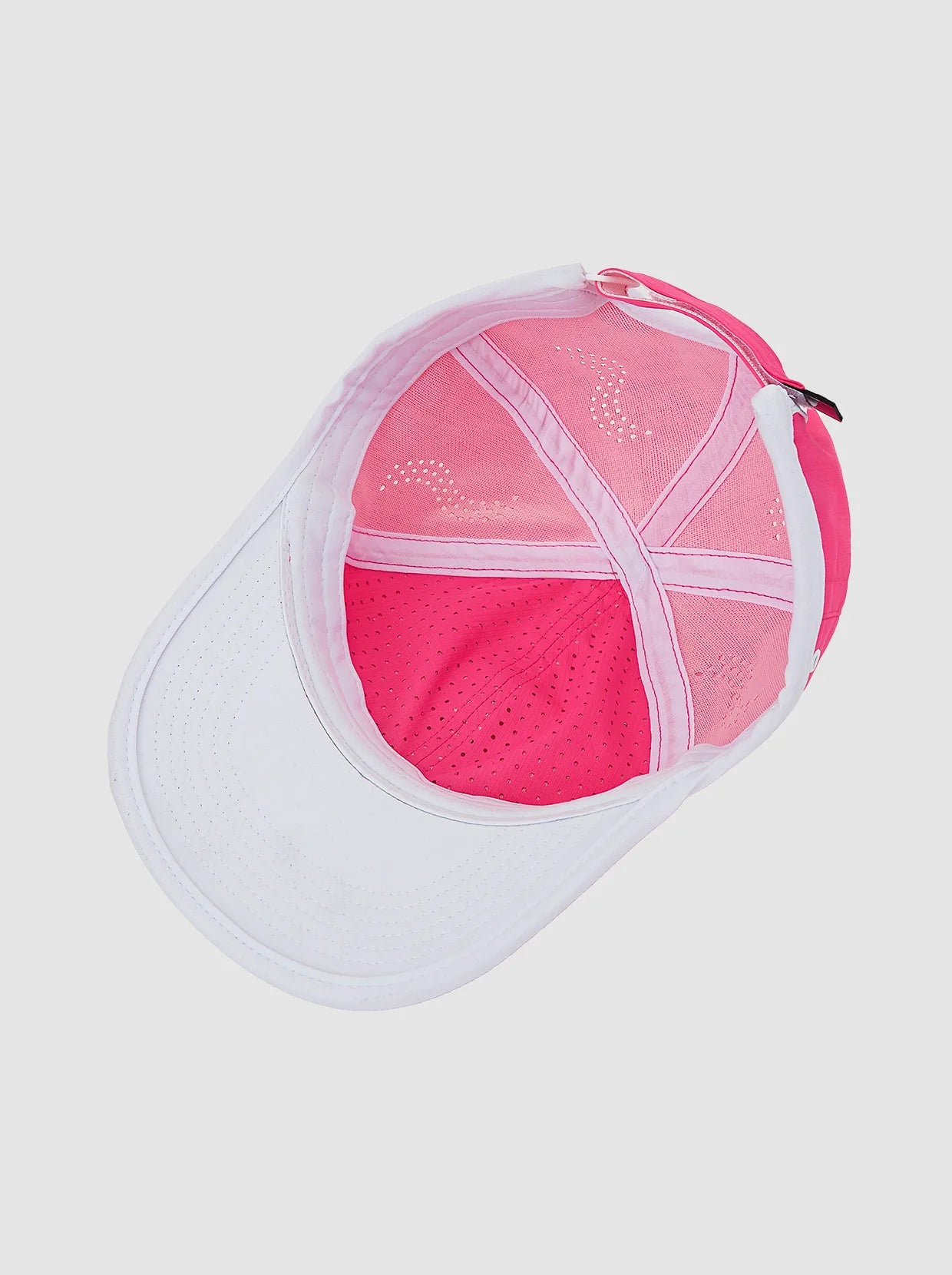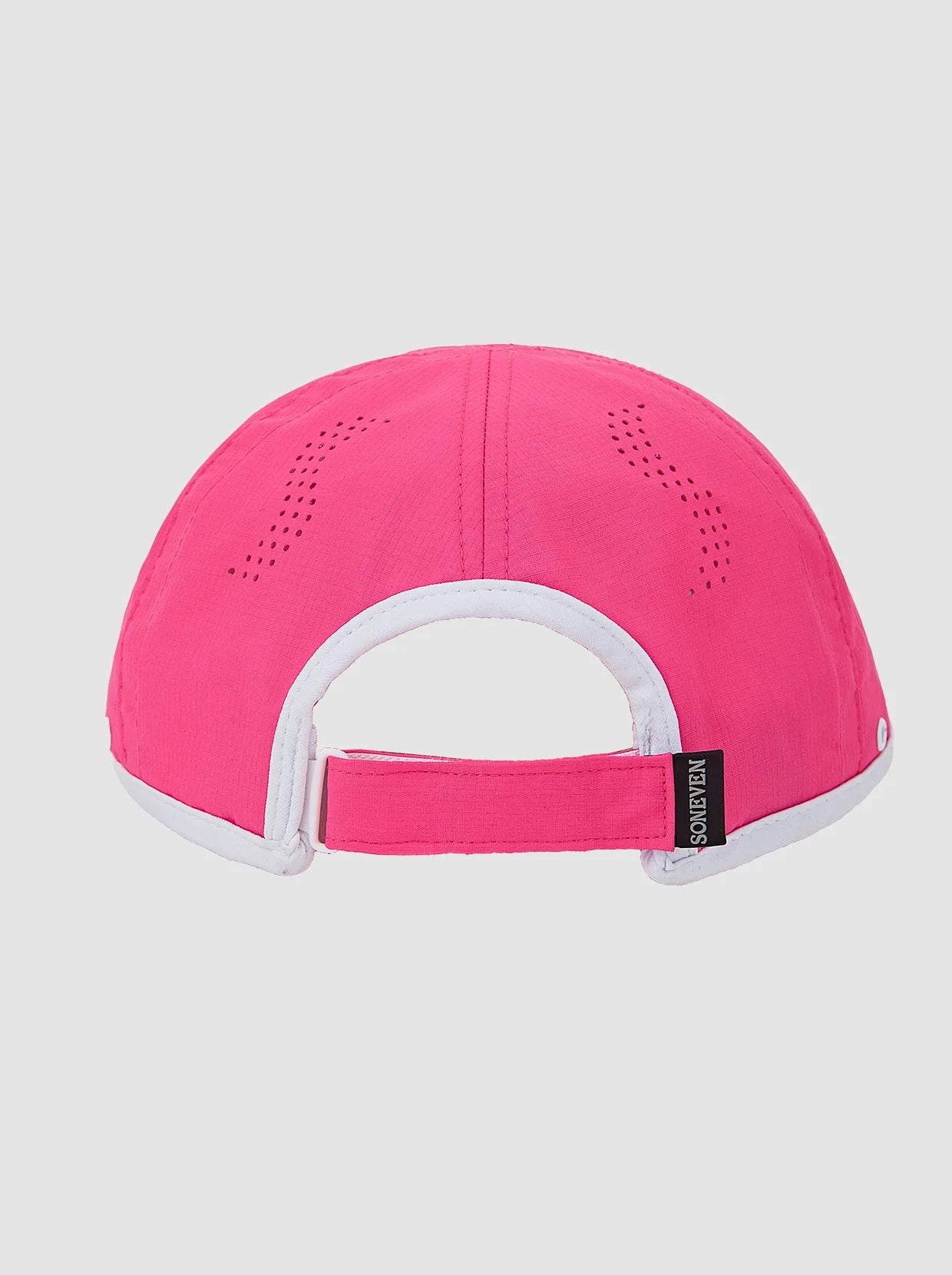To keep your women's polo shirts looking fresh, in good shape, and comfortable to wear, the right washing techniques are essential. And different fabrics of polo shirts require special attention when washing, drying, and ironing. This guide will help you understand how to prevent fading, wash effectively, and store polo shirts correctly to ensure they stay fresh, neat, and long-lasting.
Types of Polo Shirts
Before washing your polo shirt, it’s essential to know what type of fabric you’re dealing with, as different materials require different care. The most common types of polo shirt fabrics are:
Cotton: Known for its softness and breathability, cotton is comfortable and ideal for daily wear but can shrink or wrinkle if exposed to high heat. For best results, wash in cold water, air dry, or tumble dry on low to preserve its shape and texture.
Polyester: This durable, lightweight, wrinkle-resistant fabric is easy to care for and resists fading, making it popular. For example, SONEVEN's Black Striped Polo Shirt is made of this fabric. However, it is sensitive to heat, so washing in cold water and drying on low heat will help preserve its quality.
Cotton-Polyester Blends: Blending cotton’s comfort with polyester’s resilience, these polos are versatile and generally less prone to shrinking or wrinkling. They’re lower maintenance than pure cotton, but for the best longevity, wash in cool water and tumble dry on low.
Performance Fabrics: Found in athletic polos, these moisture-wicking or quick-dry materials are designed to keep you cool and dry. To maintain their specialized features, wash on a gentle cycle with cold water, avoid fabric softeners, and air dry to preserve elasticity and breathability.

How to Wash Polo Shirts Without Fading?
When you purchase a polo shirt or a tournament-ready women's golf polo shirt, cleaning it becomes a challenge because fading is one of the biggest challenges when cleaning women's polo shirts, especially dark-colored ones.
Turn the Shirt Inside Out
Before you toss your Polo shirt in the washing machine, you can turn it inside out. This protects the outer fabric from abrasion during the wash cycle and reduces friction that can cause fading and pilling.
Use Cold Water
When washing your Polo shirt, choose cold water. Cold water is gentler on the fabric and helps preserve the color. It also prevents the fibers from swelling and releasing dye, which prevents fading. Plus, using cold water is a more energy-efficient option.
Choose Mild Detergent
Choose a mild or colorfast detergent to wash your Polo shirt. These detergents are specially formulated to be less harsh than regular detergents and won’t degrade the dye in the fabric. Avoid chlorine bleach, which can darken colors; and if you need to remove stains, use oxygen-based bleach, which is safer for colored fabrics.
Choose a Gentle Cycle
When washing your Polo shirt, use your washing machine’s gentle or delicate cycle. This cycle creates less agitation and takes less time to wash, which reduces stress on the shirt fabric and preserves its color and texture. Especially for the typical knit fabric of a Polo shirt, it helps it retain its shape and finish.
Wash with Similar Colors
It is recommended to wash your Polo shirt with similar colors to prevent the color from fading. This precaution will keep the color of the shirt true and bright. Also, separate your laundry not only by color but also by fabric type to prevent damage from rough materials rubbing against your Polo shirt during the wash cycle.
How to Dry a Polo Shirt After Washing?
Proper drying is crucial to prevent shrinking, wrinkling, or stretching. Here’s the best way to dry your polo shirt:
1. Skip the Dryer: Avoid using the dryer for your polo shirts because the heat can cause shrinkage and weaken the fibers, especially in cotton. Instead, air-drying conserves the shirt’s structure and elasticity, prolonging its life.
2. Lay Flat to Dry: Reshape your polo shirt after washing and lay it flat on a drying rack or clean towel. This method supports even drying without distorting the fabric’s shape, which is particularly beneficial for maintaining the fit of the shirt.
3. Avoid Direct Sunlight: While air drying, keep polo shirts out of direct sunlight to prevent the colors from fading. Sunlight can degrade the fabric dye over time, so drying in a shaded or indoor area helps retain vibrant colors.
4. Hang with Caution: If you prefer to hang your polo shirts, use padded or wide plastic hangers to prevent the shoulders from stretching or becoming misshapen. This ensures that the shirt dries evenly while maintaining its structure without any marks or stretching from inappropriate hangers.
How Do I Iron a Polo Shirt After Drying It?
Before ironing your short-sleeved, sleeveless, or long sleeve Polo shirt, make sure it is slightly damp to help remove wrinkles more effectively. If it is dry, spray it lightly with water. Set the iron to the correct temperature for the type of fabric your shirt is made of, usually medium for cotton and low for synthetic fabrics, following the instructions on the care label.
Start by ironing the collar flat from the points inward to avoid creating new creases, then proceed to the shoulders and sleeves, ironing from the shoulder to the cuff. Finish by ironing the body from the top near the buttons downwards, covering all areas smoothly and evenly.
After ironing, hang the polo on a wide hanger to allow it to cool and set properly. This prevents wrinkles and keeps the shirt looking neat. If any wrinkles remain once it's cooled, a quick touch-up with the iron on the correct setting will do the trick. This method ensures your polo maintains a crisp, clean appearance for wear.

Should I Fold or Hang a Polo Shirt?
If you're storing your shirt for a long time, folding is a better option as it helps prevent stretching, especially around the shoulders. When folded correctly, your polo shirt will stay compact, wrinkle-free, and ready to wear, which is ideal for shirts you don't wear often. Folded polo shirts are also great for traveling.
On the other hand, if you wear your polo shirt often, hanging it is more convenient. Hanging prevents wrinkles and keeps the structure of the shirt intact. Just make sure to use wide, padded hangers to avoid stretching the shoulder area. Avoid thin wire hangers as they can leave marks and distort the shape of your polo shirt over time.
How Should I Fold a Polo Shirt?
If you choose to fold your polo shirts, here’s a simple method to keep them neat and wrinkle-free:
1. Lay the Shirt Flat: Begin by placing your polo shirt face down on a clean, flat surface. Ensure the back of the shirt is smooth and straight. Arrange the sleeves flat to the sides to avoid any creases forming under the shirt.
2. Fold the Sleeves Inward: Carefully fold each sleeve toward the center of the shirt, creating a clean line parallel to the side seams. Make sure the sleeves are flat and the edges align with the shirt’s body to maintain symmetry.
3. Fold the Shirt in Thirds or Halves: Decide whether to fold the shirt into thirds or halves based on your available storage space. For thirds, fold the bottom up to the middle and then fold the top section down over it; for halves, simply fold the bottom straight up to meet the collar at the top.
4. Smooth Any Wrinkles: After folding, gently smooth out any wrinkles or bumps with your hands, especially along the folds and around the collar area. This ensures the shirt remains crisp and ready for next use or storage.
Pre-Washing Tips
Here are a few additional tips before you start the washing process:
Pre-Treat Stains: If you spot any stains, treat them before washing. Use a gentle stain remover or diluted detergent to spot-treat stains around the collar, cuffs, or any other area.
Check for Delicate Embellishments: If your polo shirt has delicate logos or embroidery, consider using a mesh laundry bag to protect it in the wash.
Limit Washing Frequency: Washing too often can wear out the fabric. If the shirt is only lightly worn, consider airing it out or spot cleaning instead.
Conclusion
Caring for your polo shirt takes a little more work, but following the steps above will keep them looking fresh, looking great, and ready for any occasion. From washing to drying, ironing, and storing, each stage will help extend the life of your favorite polo shirt, ensuring you can wear it comfortably and confidently for years to come.




























































































